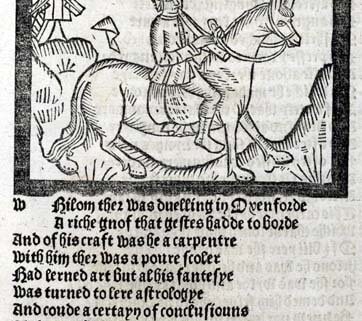The Final “E” Rule
Final ‘e’ Rule
Before introducing this concept, it is helpful to quickly review the difference between the long and short vowel sounds (or when the vowel says its sound versus it name). We can recall that a vowel can make its long sound, or name, when it is followed directly by an ‘e,’ such as in frae*, see, pie, toe, due.
We can now draw our attention to the rule itself, which allows the ‘e’ to influence the vowel by jumping over one sound; for example, in words such as “game,” “here,” “time,” “home,” or “mute.” It is important to discuss the fact that the ‘e’ can influence the vowel over one sound, as in “clothe” or “bathe.” This can sometimes be challenging for some students to grasp due to the tricky nature of digraphs.
The final e rule is a remnant of the Great Vowel Shift in the English language. Long ago it was pronounced. However, over time, and for efficiency, it became silent. This makes for some unusual problems when explaining this rule that some students may pick up on.
In some cases, the ‘e’ will influence the vowel over two consonant sounds, such as in “taste,” or “paste.”
In other cases, the ‘e’ will be truly silent and its purpose is to aid us in spelling and recognizing homophones. This shows up in words such as: “lapse v. laps” or “tease v. teas.”
The concept can be presented as simply or as complexly as you like. With some reading and spelling practice, anyone can master the final ‘e’ rule.
The following is an example dialogue for introducing the final ‘e’ rule:
Tutor: “An ‘E’ can make any vowel say its name. Sometimes the E is right next to the vowel while other times it is one letter away. This is known as the Final E rule.”
Student: “Is this the same as magic e?”
Tutor: “Yes, this rule has several names. Say I spelled a word like B-I-T. It would say ‘bit.’ But look what happens when I add an ‘e’ to the end. What does it say now?”
Student: “BITE”
Tutor: “Good. You will notice that it does the same job as having the E right next to the vowel, only now the E is one letter away. There are two things we need to remember about Final E though. First, it can only jump ONE consonant sound, and the E is SILENT. That is why this rule is sometimes known as silent e. Also, the E with a final e, is not as common as two together (ee), like in the word feet.”
Student: “That makes sense.”
Tutor: “Now let’s take a look at some nonsense words and real words that use Final E……..”

*I was stretching for an example of /ae/ here. Frae is a preposition of Scottish origin meaning from.
†A page of Middle English text from The Canterbury Tales by Geoffrey Chaucer. Note the presence of the final e.







